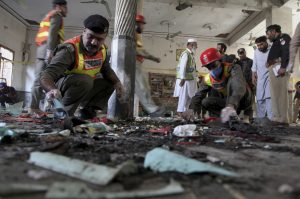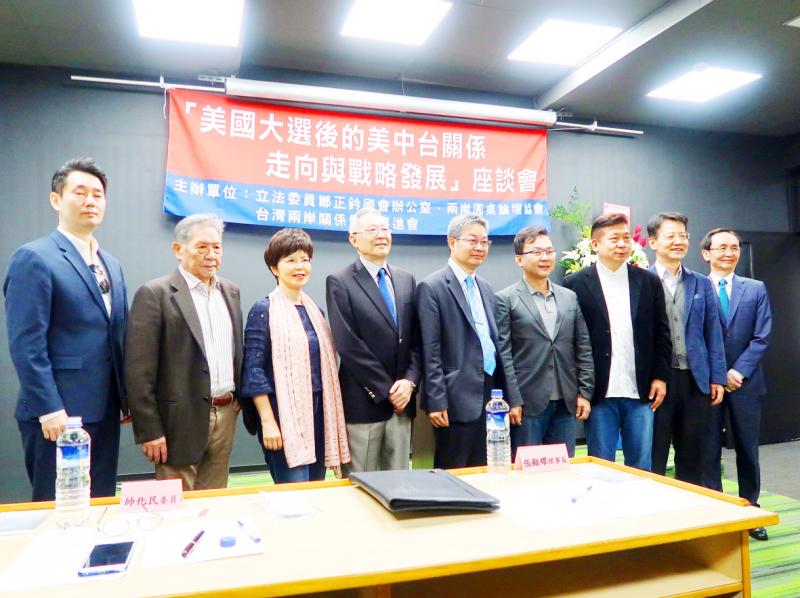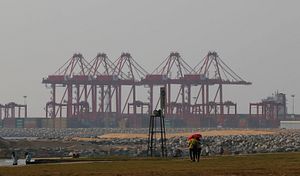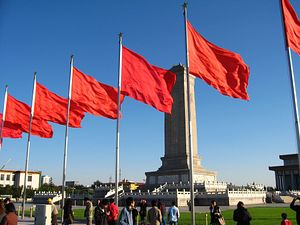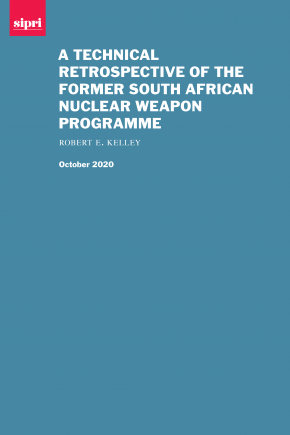By Sumit Ganguly

Consequently, Subrahmanyam Jaishankar’s new book, The India Way, marks an important departure from the past. Jaishankar, currently India’s minister of external affairs, has enjoyed a distinguished diplomatic career: A former ambassador to the United States and to China, he was appointed foreign secretary in 2015, the highest civil service post in the Indian foreign service. After a brief stint in the corporate world following his retirement in 2018, Prime Minister Narendra Modi inducted him into his cabinet in May 2019.
Why write a book now? Jaishankar attempts to sketch out how India should forge a foreign policy in a world where China’s rise and assertiveness are changing the contours of global politics. It also sketches out a pathway for India to deal with significant and novel forces in international politics—especially resurgent nationalism and a rejection of globalization. But while Jaishankar touches on these subjects, his book suffers from too many abstractions and generalities.
After all, writing a book about a country’s foreign policy while serving as its foreign minister is laden with pitfalls. One of them, of course, is the critical question of candor. How does Jaishankar’s book fare on this score? The writer deserves credit for bluntly stating that three events and choices have hobbled India’s emergence on the global stage: the partition of British India at the time of independence in 1947, the delay in undertaking economic reforms until 1991, and deferring the decision to cross the nuclear Rubicon until 1998.
